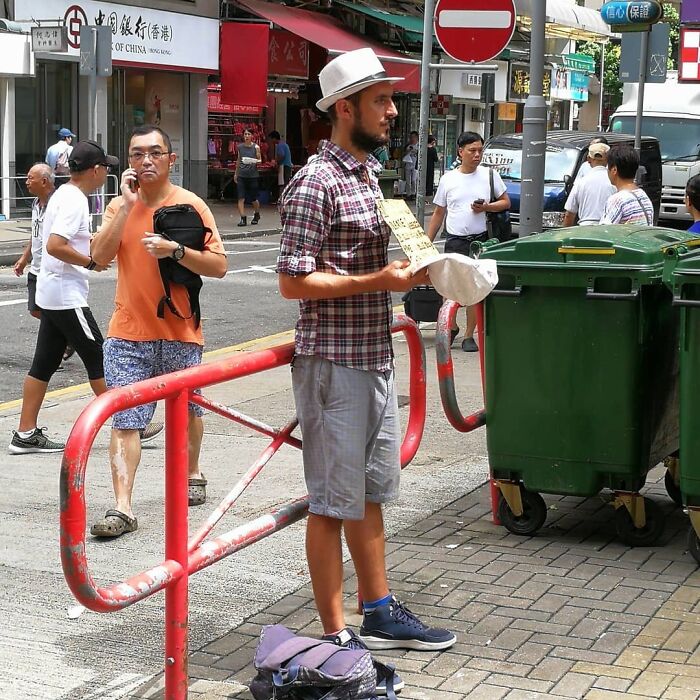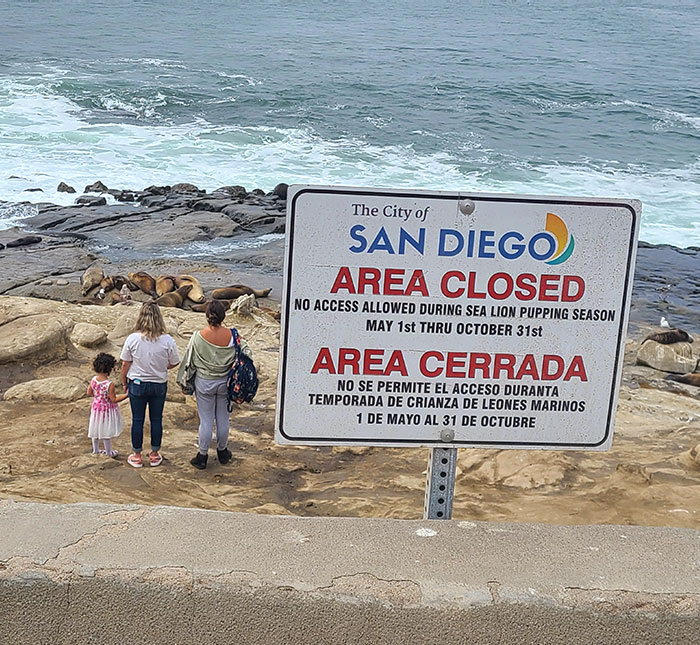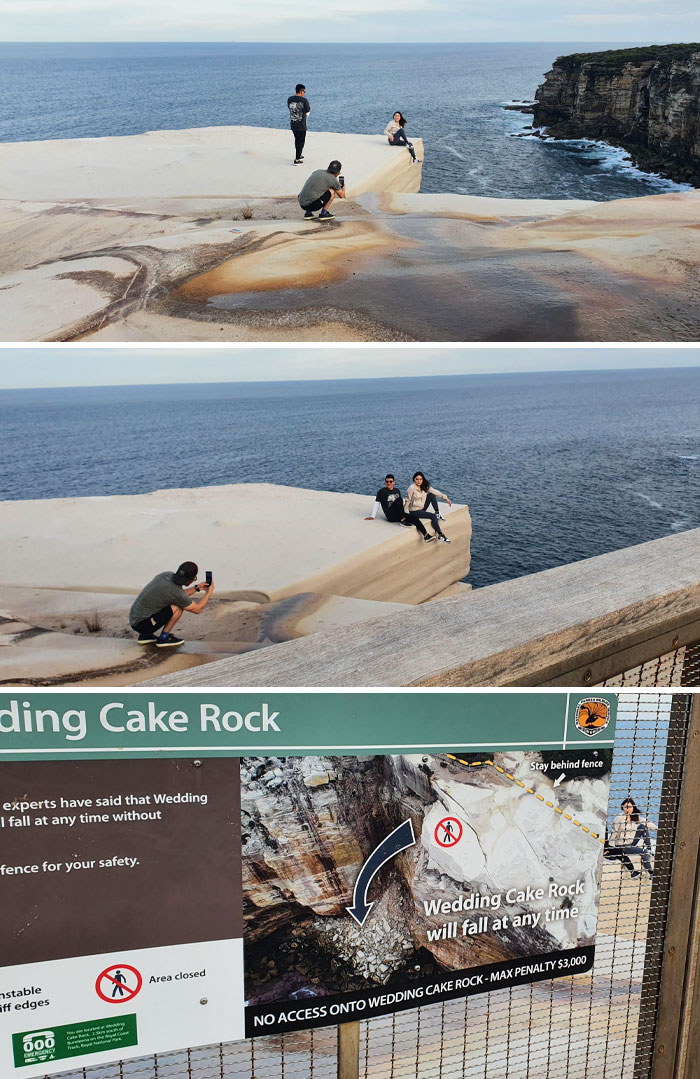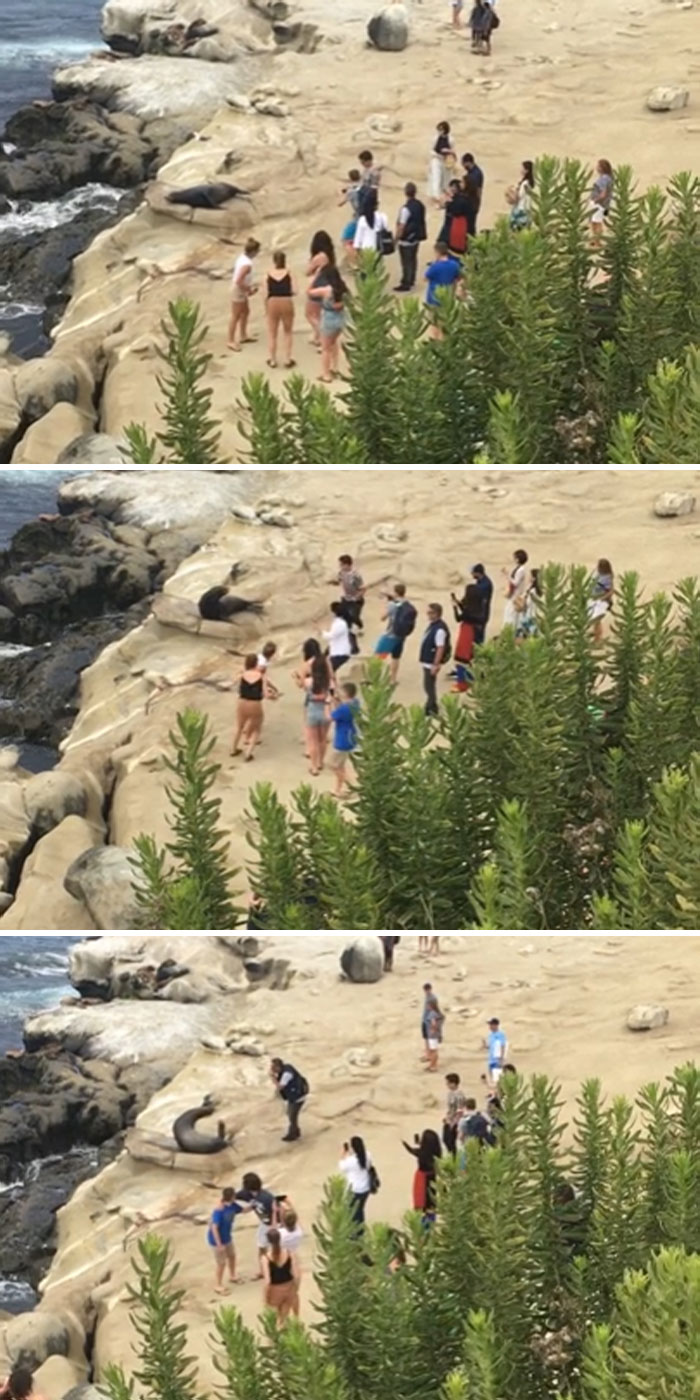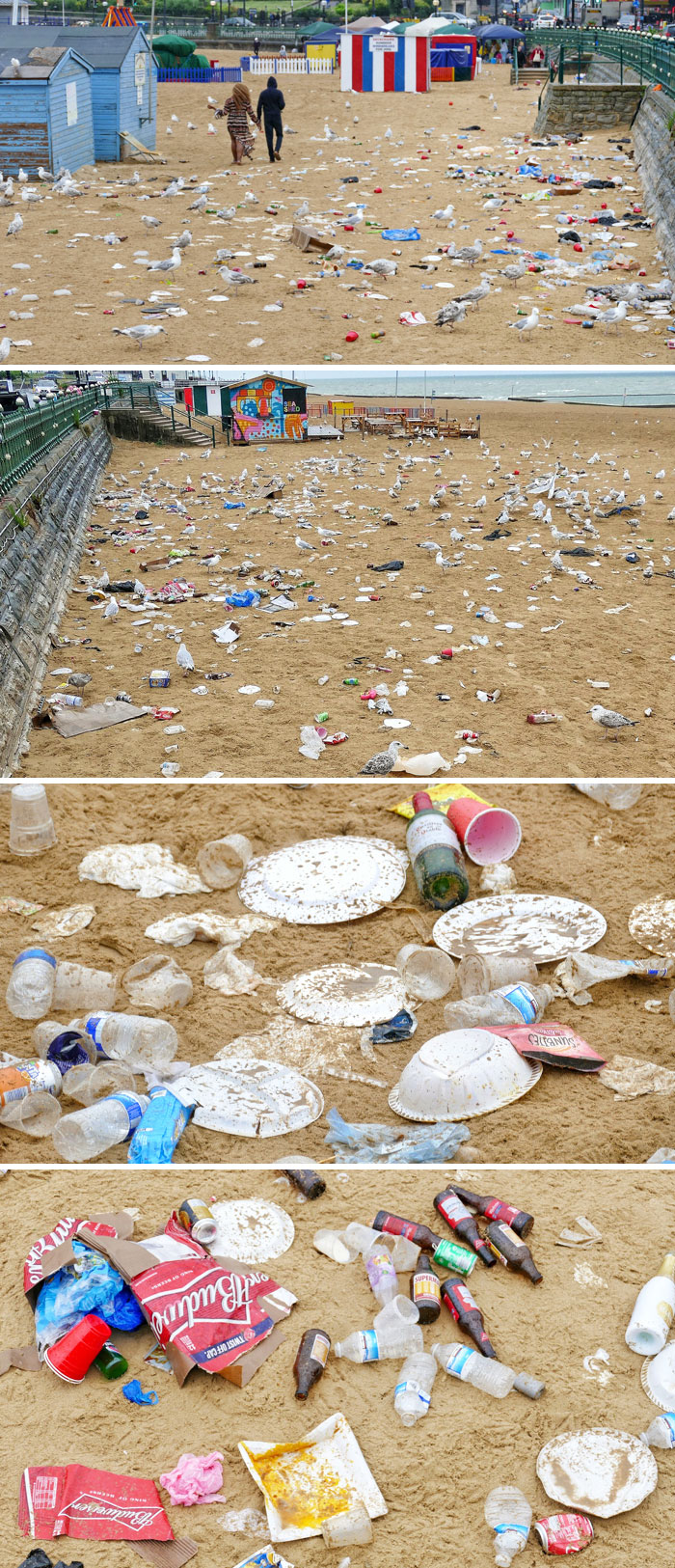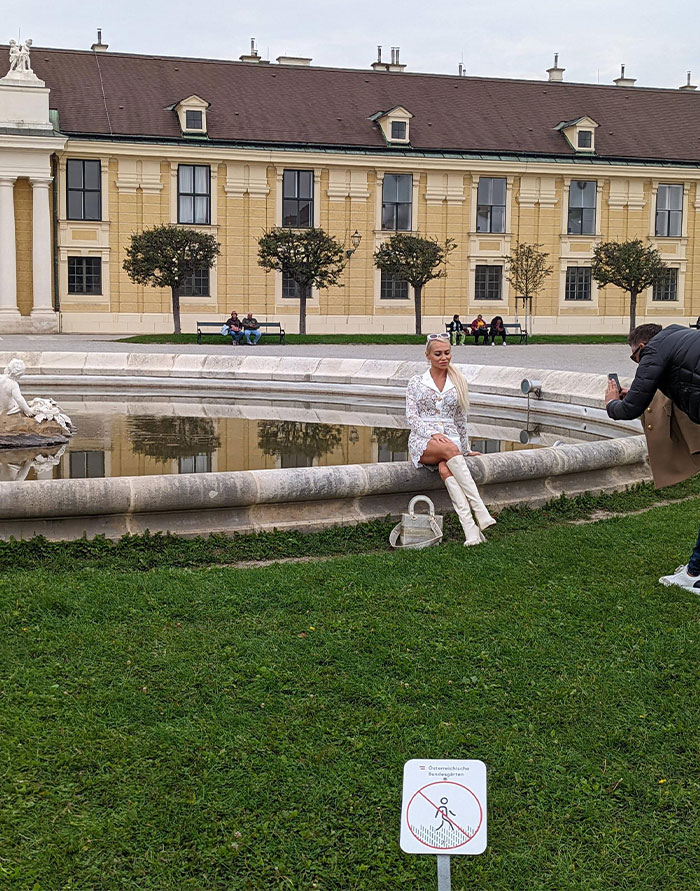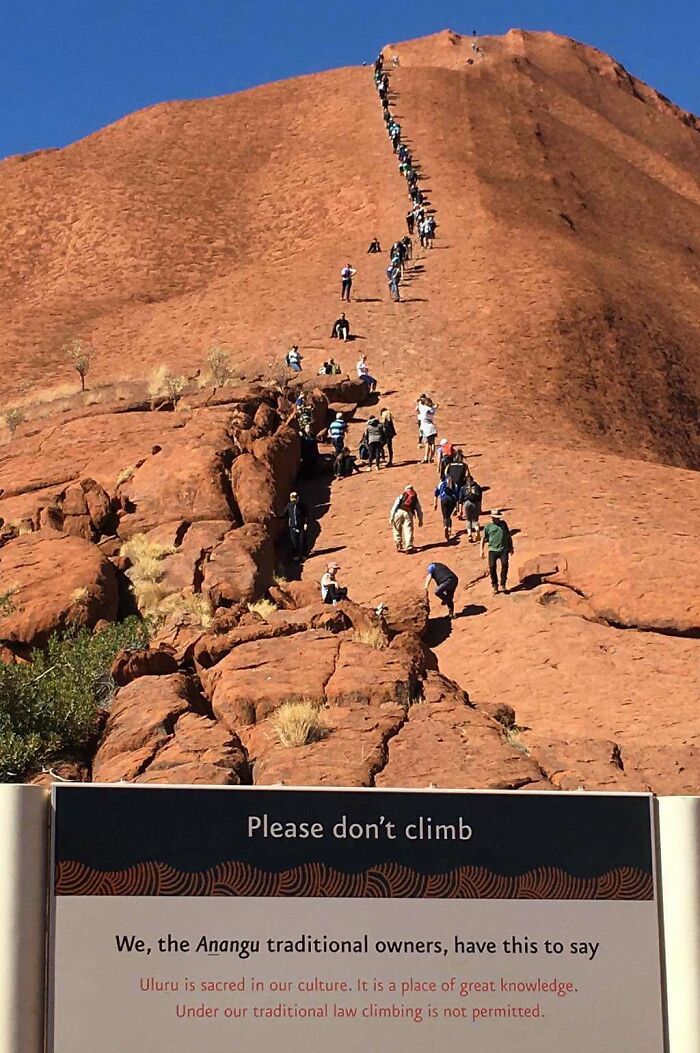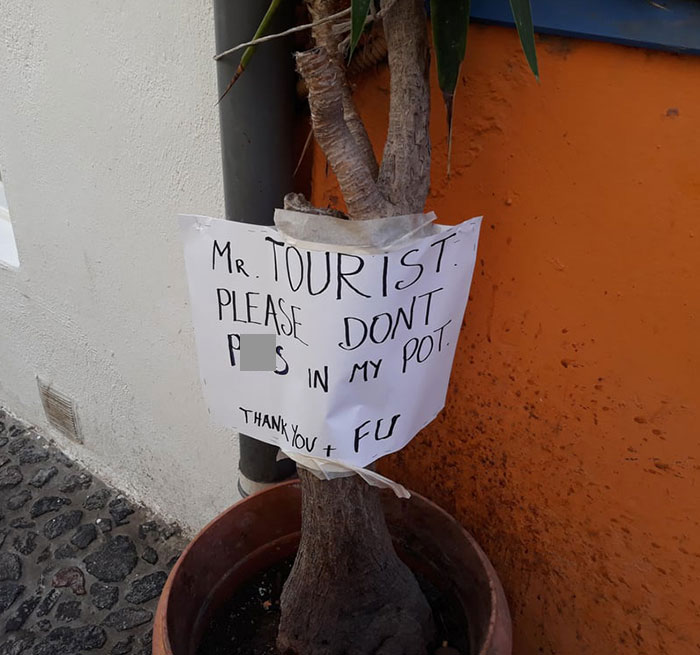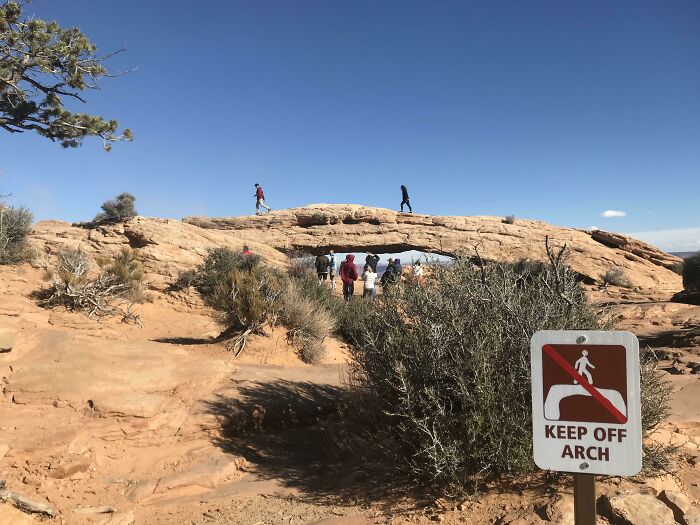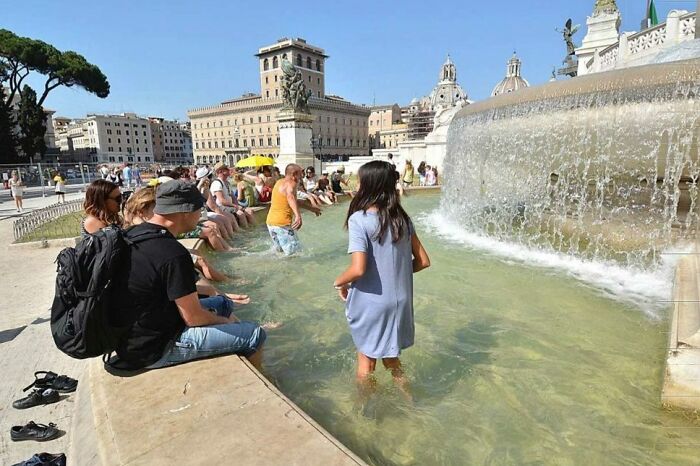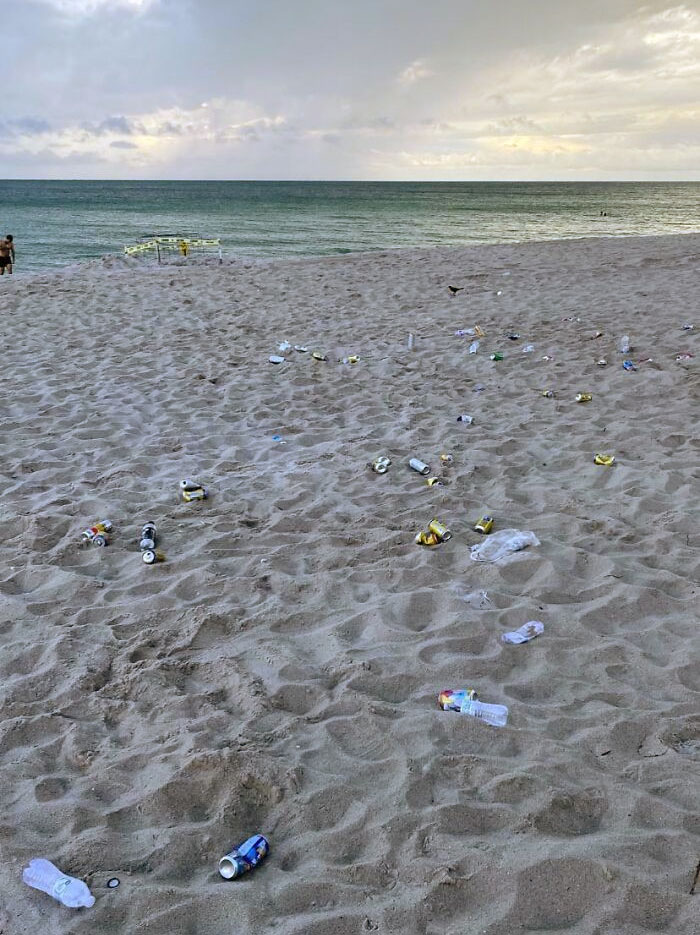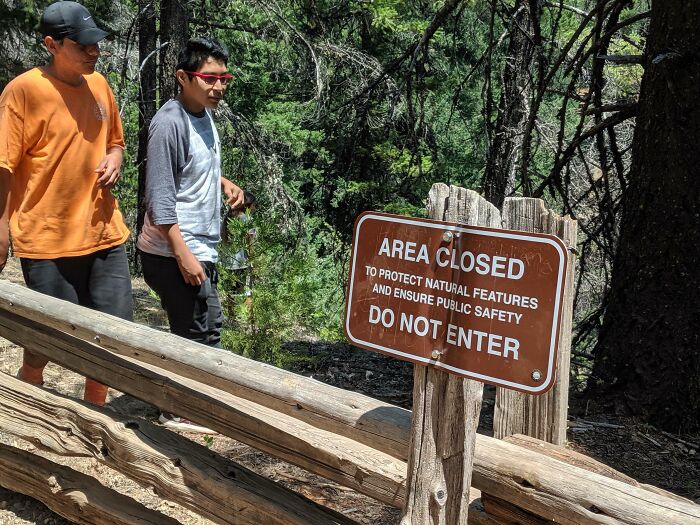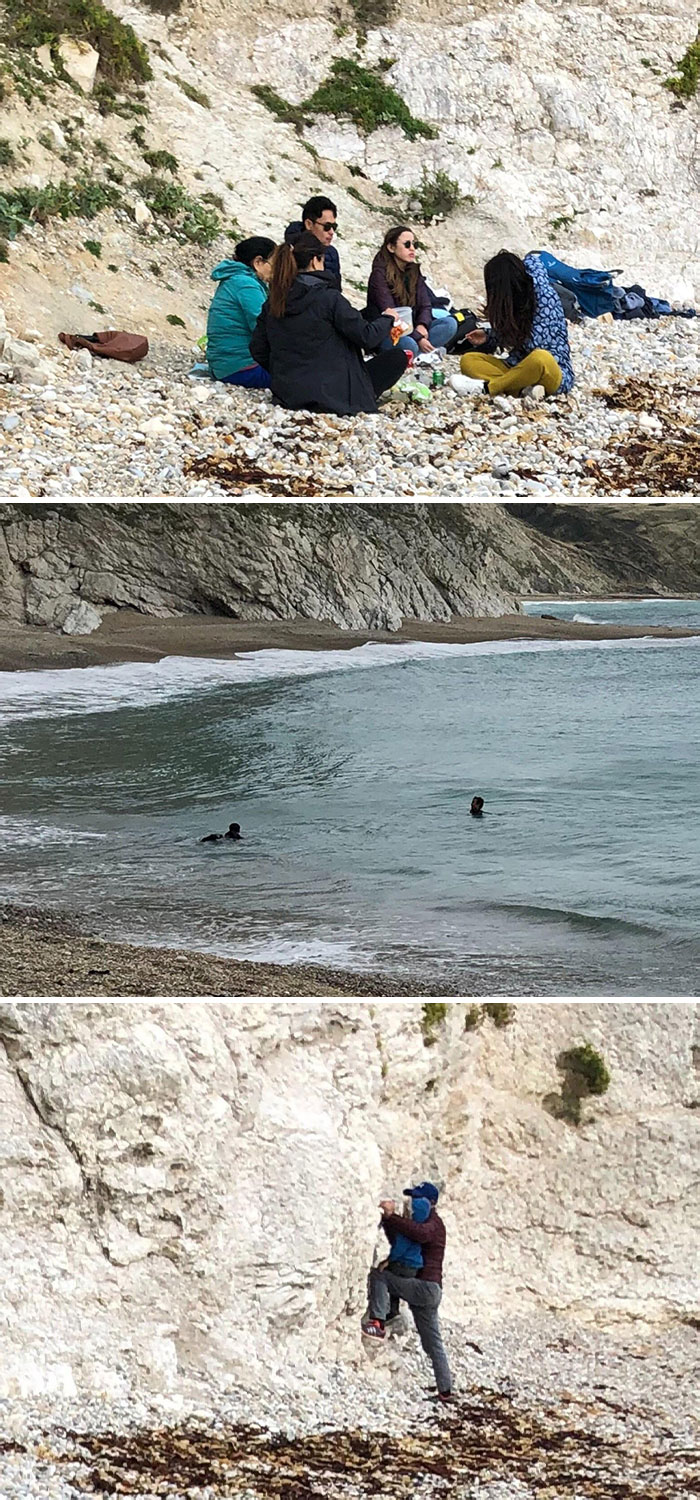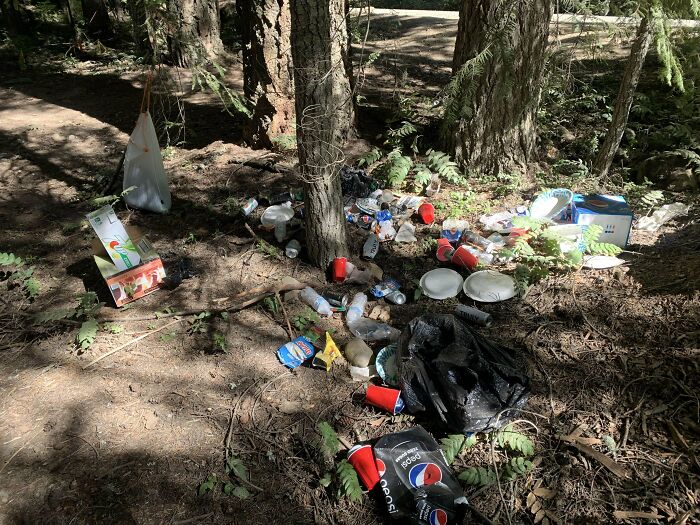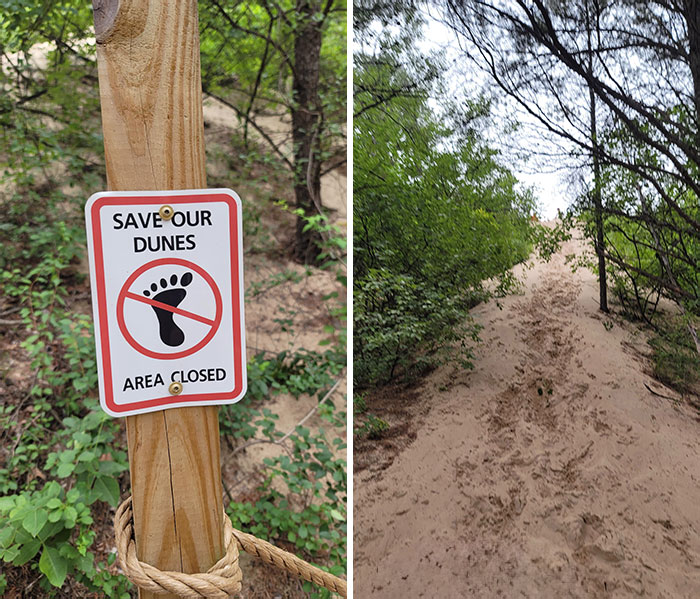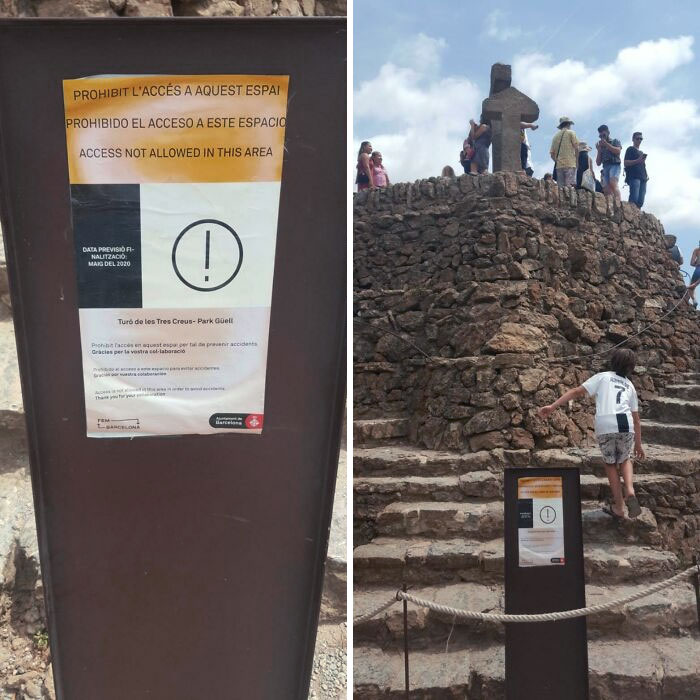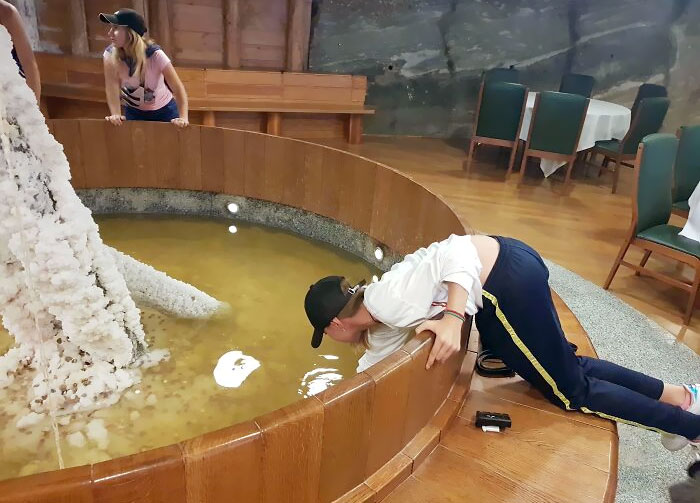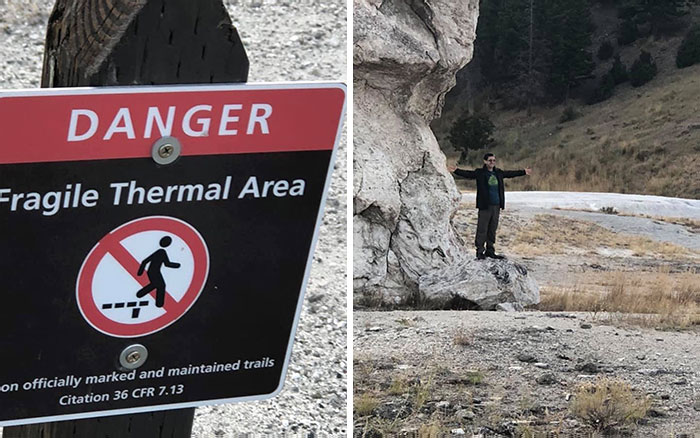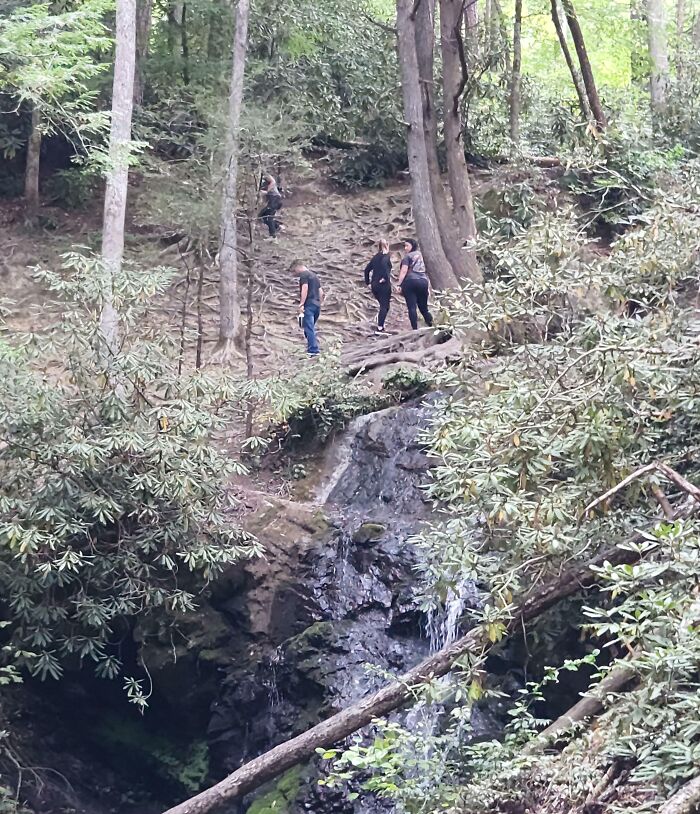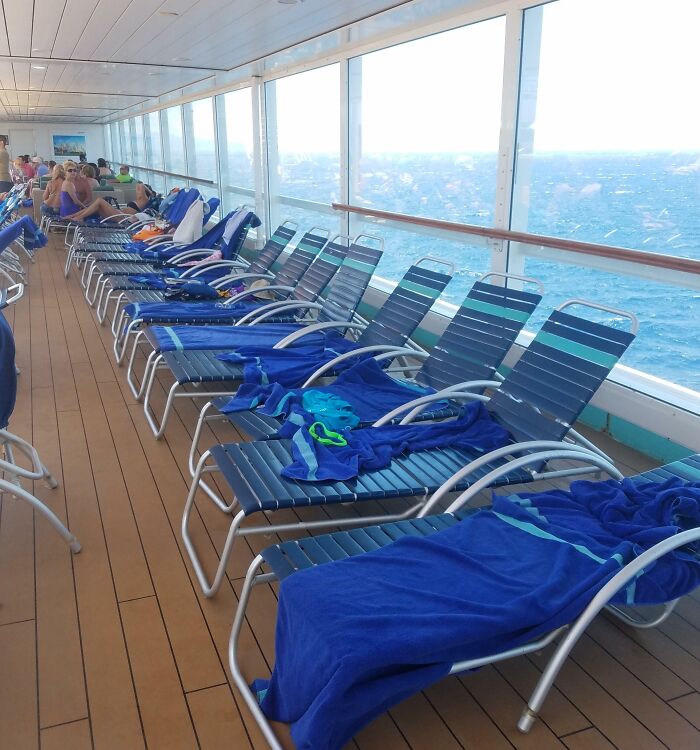If you haven’t encountered any of them yet, first and foremost, consider yourself lucky, and secondly, brace yourself for some vexing images. We have found pictures of some of the most entitled and ignorant tourists out there, and put them on this list, which could be considered a manual on what not to do when traveling. Scroll down to find them below, but do it at your own risk, as you might get quite annoyed before even reaching the end of the list. Below you will also find Bored Panda’s interviews with the team of Arctic Adventures, a tour operator in Iceland, as well as professor at the Ted Rogers School of Hospitality and Tourism Management, Dr. Rachel Dodds, who were kind enough to answer a few of our questions about entitled tourists. However, according to Dr. Dodds, what is considered troublesome tourist behavior can vary depending on local norms; for example, spitting in public can be considered rude in some places, but not in others. “At times, what is acceptable or normal to one culture may be disrespectful to another so it is very important for the destination and attractions to be clear on expected behavior.” In order to do that, some cities—such as Amsterdam, for instance—have implemented marketing campaigns set to draw clear guidelines regarding what behavior is or is not acceptable. “Many destinations have started to do this and it isn’t a moment too soon. Just because a place wants tourists, this doesn’t mean they shouldn’t outline expectations for visits,” Dr. Dodds emphasized. But it’s not only about being annoying. Safety is a big issue, too, as failing to see certain signs can be dangerous to both the tourist themselves and those around them. “Tourists who disregard established rules not only jeopardize their own safety but also pose risks to others and the environment,” representatives of Arctic Adventures—an Iceland-based tour operator offering a variety of activity tours across the country—told Bored Panda in a recent interview. “Preventive measures such as fines can serve as deterrents, but we believe that education and awareness are equally essential in fostering responsible behavior among tourists,” the tour operator noted. “That being said, following through on consequences is important,” she added, pointing out that it’s crucial that locals stick to the same rules as they expect visitors to do. That’s what, according to the expert, makes dealing with visitors similar to raising children in a way: “If I don’t let my child jump on the beds in my house, why would I let their friends do it?” Take water, for example. A TikTok video went viral in November last year, showing tourists getting caught by a so-called “sneaker wave” on Reynisfjara Beach, Iceland. While the tourists luckily managed to escape the unexpected grip of the wave, the netizens in the comments didn’t hold back from sharing what they thought of such behavior and couldn’t emphasize the importance of paying attention to the warning signs enough. In places like that, it’s especially important to keep in mind that while the site might have no special place in your heart, it does to other people. (Hence the sign saying not to climb it, step on it, or touch it, in most cases.) But unfortunately, some visitors seemingly fail to understand it. As of January 2024, we are one heritage site shy of 2000, with the majority of them located in Italy, China, and Germany respectively (based on data from 2021). Follow Bored Panda on Google News! Follow us on Flipboard.com/@boredpanda! Please use high-res photos without watermarks Ooops! Your image is too large, maximum file size is 8 MB.



























